
Mahindra Thar Could Soon Get Front-facing Rear Seats As Standard
- Nov 26, 2020
- Views : 6577

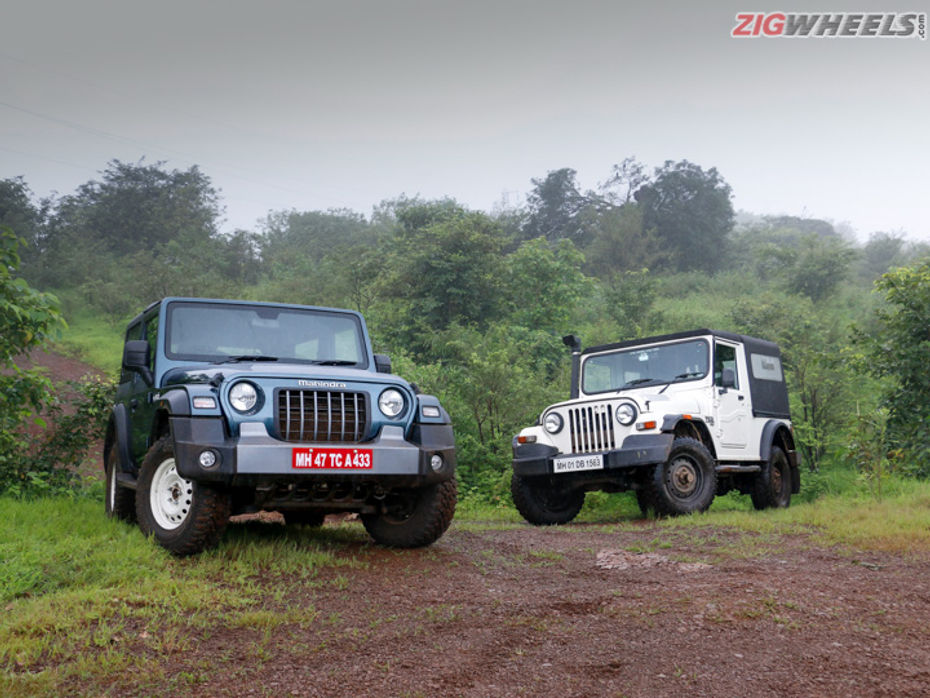
Succeeding an icon is never an easy task. Many expect you to do something new without fouling with the formula they loved. An unrealistic expectation as time changes everything, including the rules and expectations.
In its new generation, the Mahindra Thar’s appeal has become more universal with more tech, better comfort and almost everything you’d want in a car that’s built for 2020. But some feel that the old Thar was the last bastion of true blue off-roaders. They believe that the compromise of comfort was necessary to get the off-road ability on point.
Is there any truth to this or is this just contrarian speak for the sake of it?
Basic = Better?
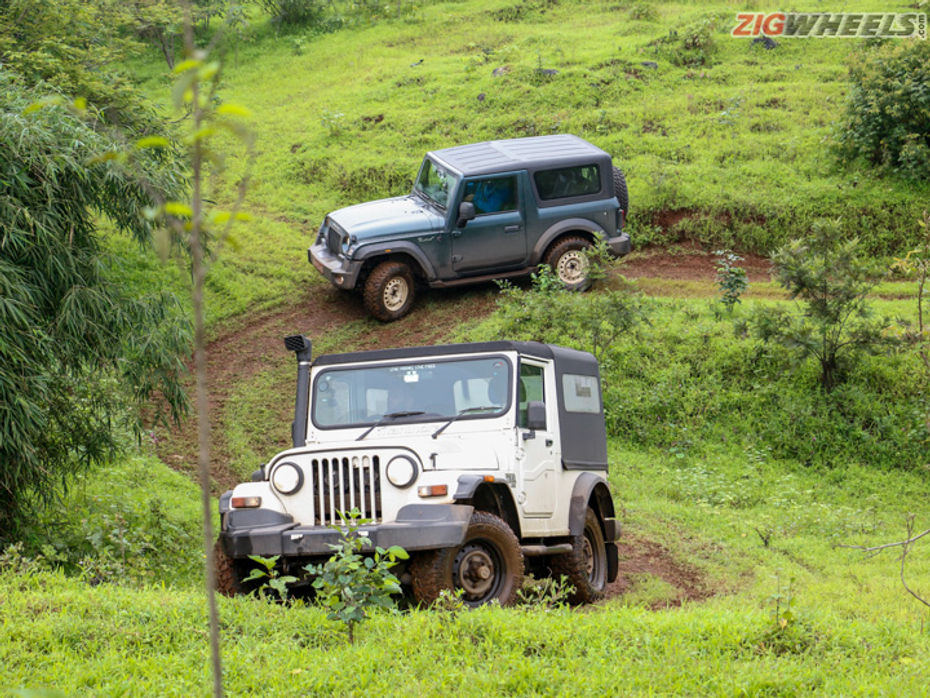
The old Thar looks epic as it is utilitarian. There’s no hiding its connection to the CJ3As and MM540s of the world and it’s a car that looks as hairy chested as a grizzly bear. It’s not trying to look upmarket or chic. The design is entirely function over form but it still gets the latter bang on!
In comparison, the new Thar looks more sophisticated. It’s still boxy as ever but it looks truly modern, albeit, a touch too familiar. There’s no ignoring the Jeep Wrangler lookalike argument and it’s one Mahindra won’t hear the end of anytime soon.
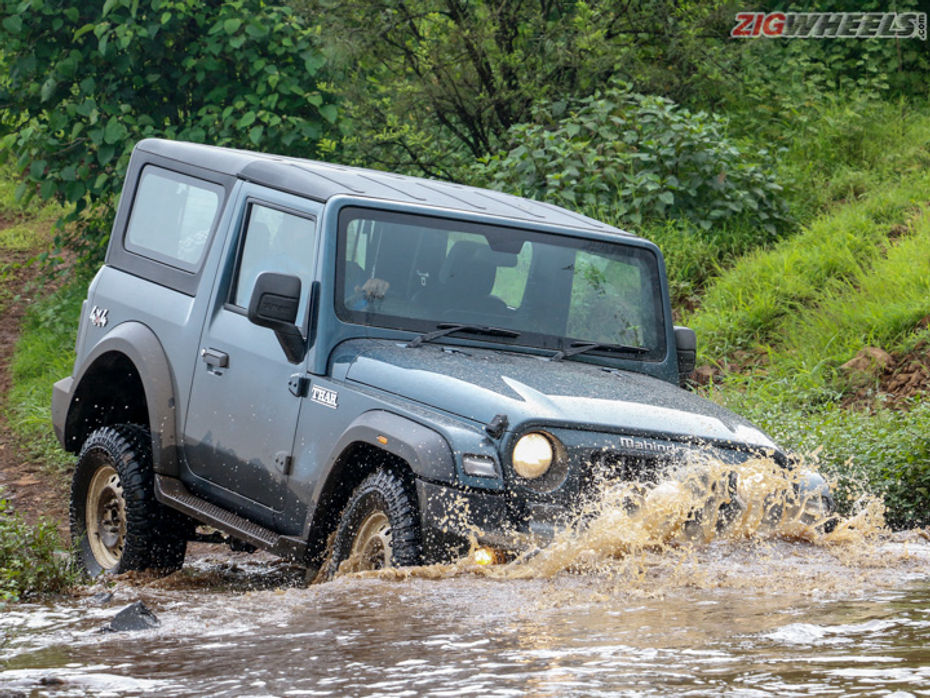
But objectively, the 2020 Thar is a great looking SUV. The 18-inch alloy wheels of the top-spec LX look especially sporty and rest assured, it’ll be a head-turner even after a few years of being on sale. And just to clarify, the car you see in these pictures is the top-end LX but Mahindra Adventure specced it with steel wheels, and we believe the LX should have a steel wheel option too.
The 2020 Thar comes in six colour options compared to the old one’s three. It also has three roof options: a fixed soft top, convertible soft top and fixed hardtop. It’s also slightly narcissistic with ‘Thar’ badges, embosses and stitching from pretty much any angle. Lastly, the new Thar feels better built. The panels align properly, the quality is better to the touch, and it feels like the quality control is at least a few notches better than before.
Welcome To 2020
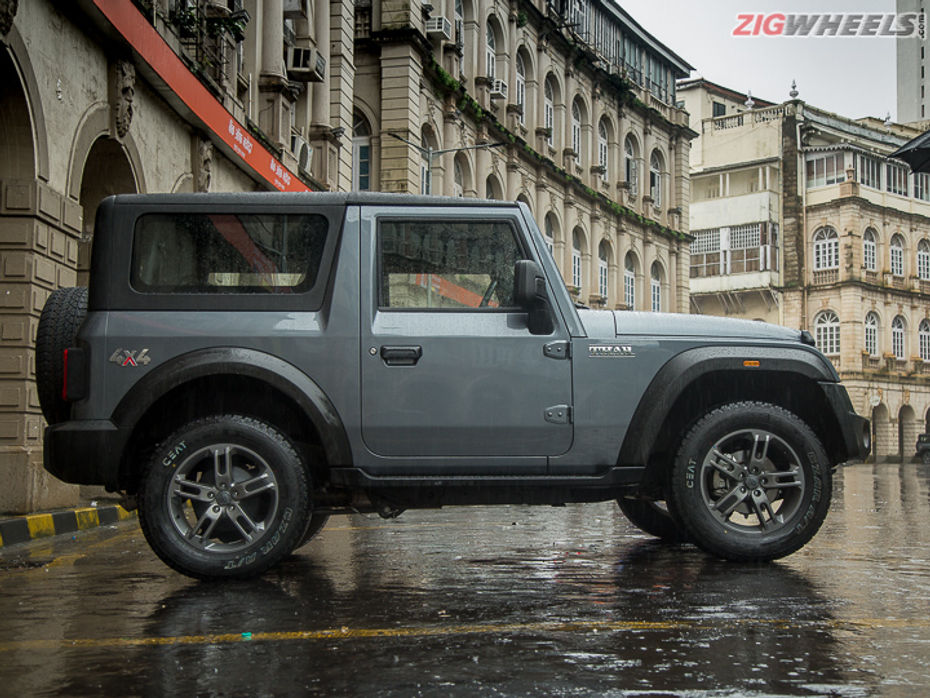
That said, driving the old Thar was a new experience every time. It felt nothing like any other car on the road and just using the Thar was an achievement in itself. You’d walk out with a backache and maybe something caught on one of the sharp edges but it is special in its own way. This is, however, an argument that’ll sound stupid to anyone but an enthusiast.
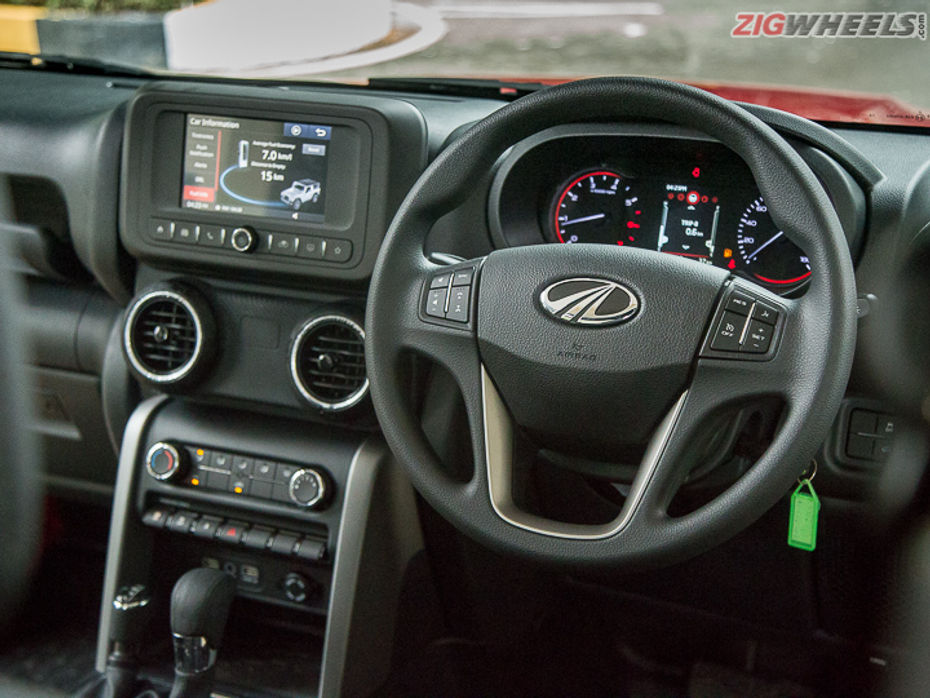
As a car that anyone in the family wouldn’t mind using, the new Thar does a much better job. It gets power windows, steering-mounted audio controls, cruise control, central locking, tilt steering, a detailed MID, touchscreen and even a 6-speaker music system. None of these features is revolutionary but the old Thar, right up to its final run in 2019, had none of these things. And this is while it commanded a price of Rs 10 lakh ex-showroom.
The new Thar also gets proper front-facing rear seats in the AX (O) and LX grades, while the lower STD/AX are still 6-seaters with side-facing rear seats. Can you get the LX with this option? Theoretically, anything’s possible but the issue is height.
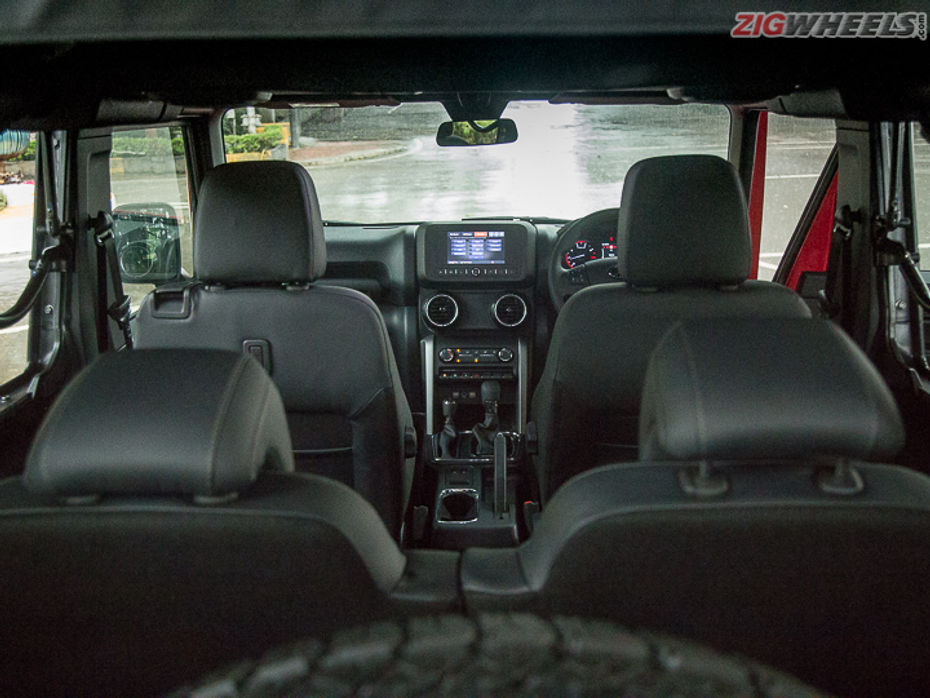
The fixed soft top version doesn’t have a roll cage and has more headroom available. With the convertible soft top/hard top, the 6-seater arrangement will need the rear seats to be placed almost unusably low to offer any rear headroom, which is why Mahindra isn’t offering an AX (O) or LX 6-seater.
Finally, the safety packaging in the new Thar is superior with dual front airbags, ABS with EBD, ESP, traction control, hill hold, hill descent control, tyre pressure and position monitoring and ISOFIX. The old Thar was updated with ABS but that’s as far as the safety credentials go.
Road Test Series
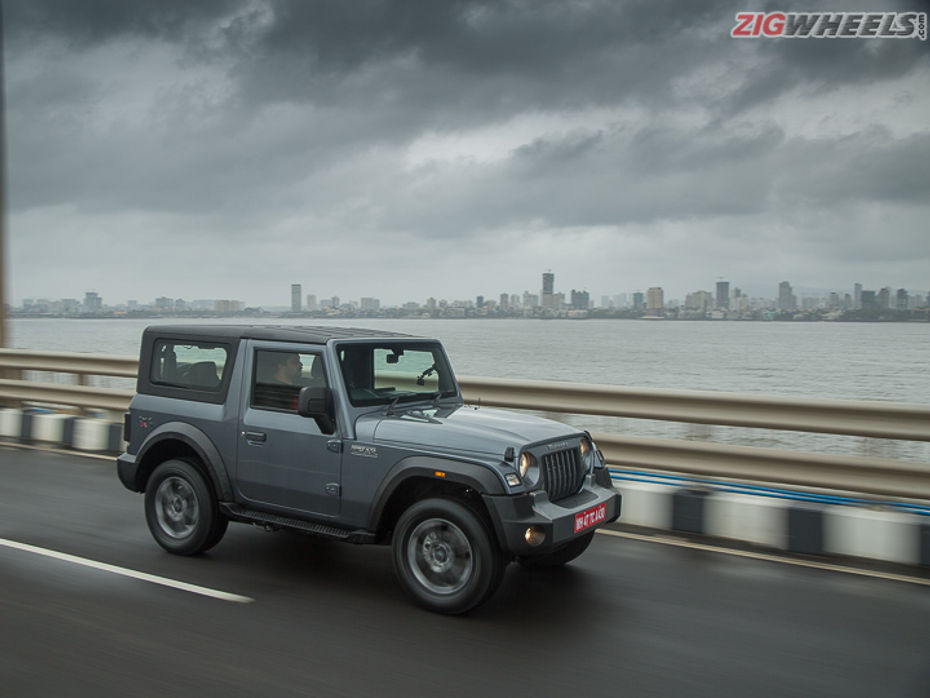
This new Thar is certainly an off-roader first but the bigger talking point would have to be its better road manners. Coil over dampers replace the rear leaf springs, the engine’s punchier, the transmission’s smoother, the steering is lighter, and the overall operation is easier.
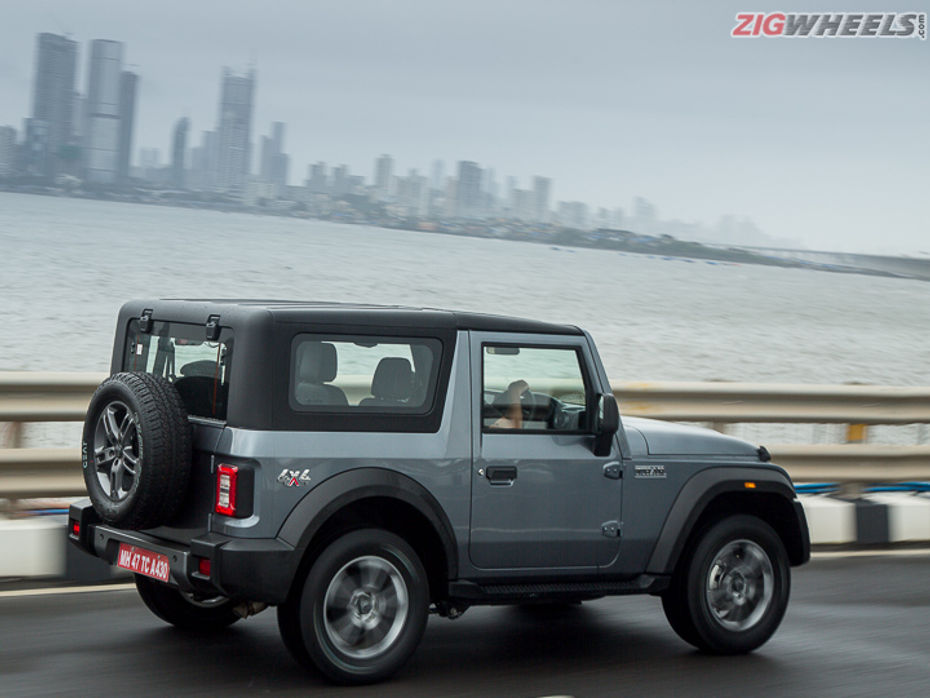
Driving to Mahindra Adventure’s off-road training academy in Igatpuri entailed us coming up the Kasara Ghats, so this had to be test #1. In this, we gauge the difference in performance and overtaking ability above all else.
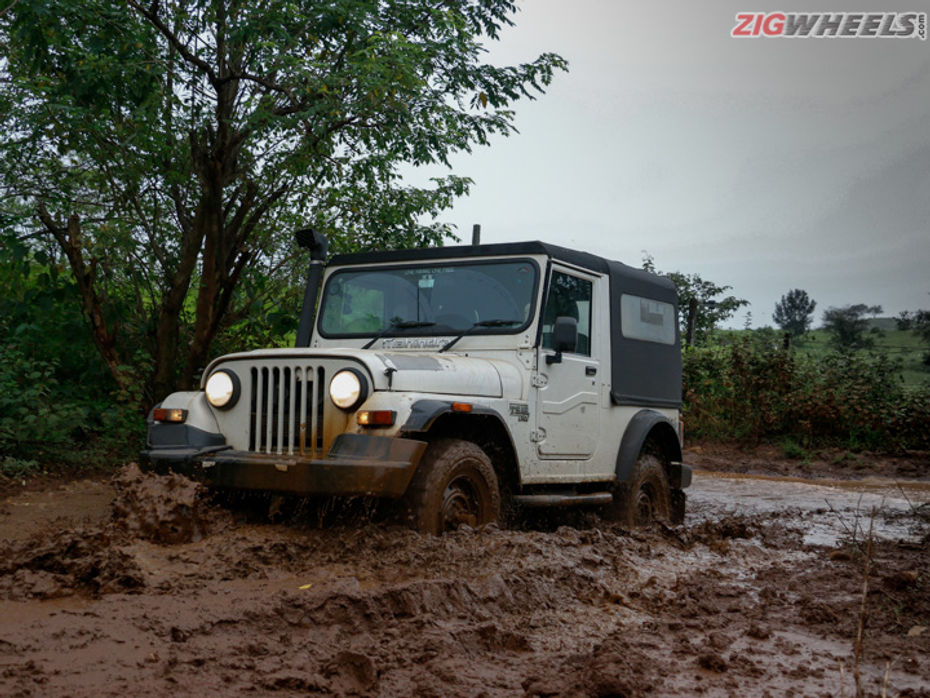
In the interest of fairness, considering the new Thar’s more modern heart, the old Thar gets a 30-second lead and we see if the new one can catch up or beat it. The old Thar was pushed hard but like most old-school diesels, pushing the engine speed northward is futile since all the performance is focused down low.
|
Versions Tested |
New Thar |
Old Thar |
|
Engine |
2.2 litre Diesel |
2.5 litre Diesel |
|
Power |
130PS @ 3750rpm |
107PS @ 3800rpm |
|
Torque |
300Nm @ 1600-2800rpm |
247Nm @ 1800-2000rpm |
|
Transmission |
6-speed MT |
5-speed MT |
In about 2-3 minutes, the new Thar caught up with the original and was soon barrelling its way ahead to the top of the ghats. Not only does the extra performance make overtakes easier, but the new Thar is miles easier to push through corners. There isn’t nearly as much body roll, the drama in the cabin is managed so much better, and the steering isn’t as vague.
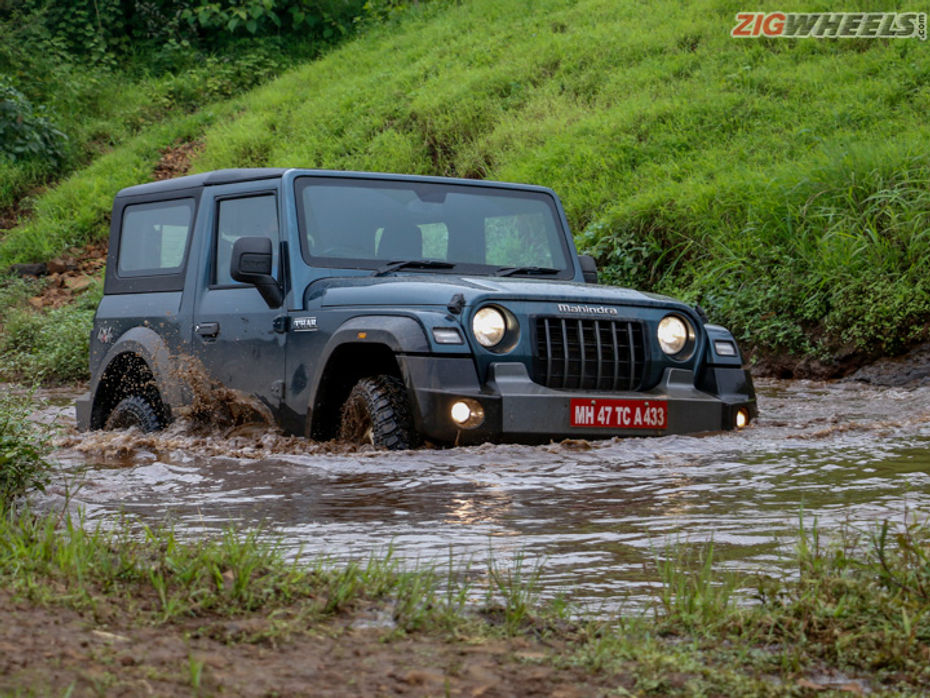
However, that doesn’t mean the new Thar is a comfy soft roader. It’s still a typical ladder frame SUV with a good deal of stiffness to the suspension. You can push hard through the worst of roads but you’re still going to feel every pothole, pimple and undulation in the cabin. Better than the old one for sure but don’t expect car-like ride comfort or handling like in the Creta, Seltos or even Harrier.
Test #2 was a simple noise test. Second gear, 3000rpm, and a handy phone decibel gauge. The differences are in the table below.
|
Decibels |
Minimum |
Average |
Maximum |
|
Old Thar |
60.5 |
70.3 |
76.8 |
|
Thar 2020 |
48.3 |
63.1 |
75.3 |
Test #3 gauged the difference in ride quality. We picked a bad patch of road, set a speed limit of 30kmph, and put both cars through a good old-fashioned mug-o-water test. In the end, the new Thar saved a full 100ml of water more than the old one. Not the most scientific test out there, but it does tell you something.
Off-Road
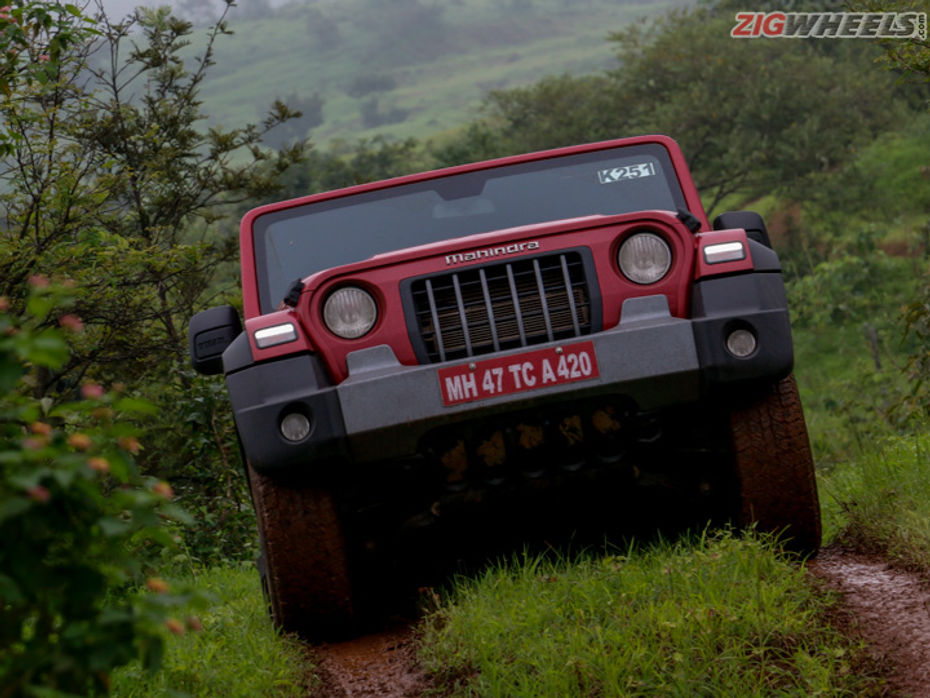
Now, technically, the new Thar is still not an electronically complex off-roader. It has the same mechanical rear auto locking differential but with the added benefit of a brake locking differential (exclusive to the LX) which works on both the front and rear axles.
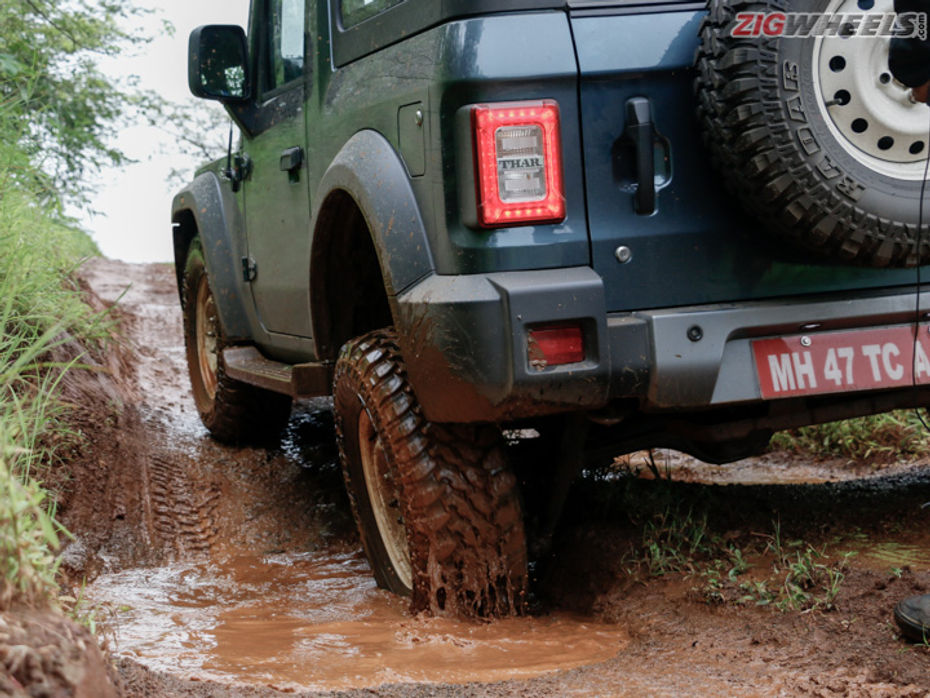
It also has small electronic bonuses such as hill hold, hill descent control, and the tyre position display. That last one is a serious benefit when off road, especially if you’re driving through slush/sand where directing your steering input can prove a touch confusing.
|
Mahindra Thar |
Old |
New (LX) |
|
Approach |
44 deg |
41.8 deg |
|
Departure |
27 deg |
36.8 deg |
|
Breakover |
15 deg |
27 deg |
The challenges at Mahindra’s off-road training academy included ruts to test the approach, breakover and departure angles, axle benders, some deep water to wade through and the trickiest of all, a slush pit.
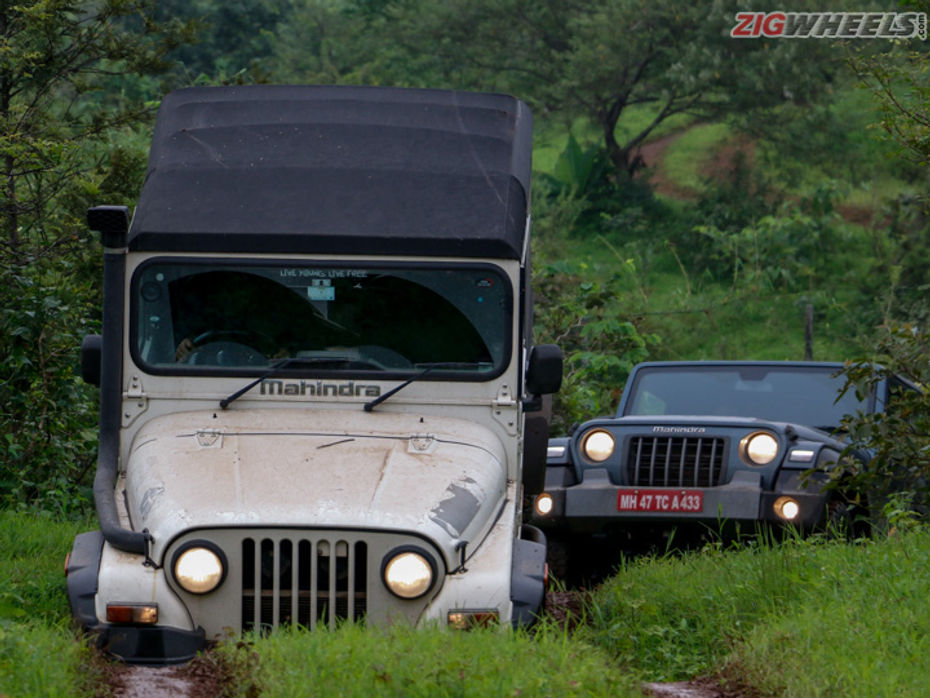
Each car brought advantages of its own which makes it hard to measurably say the new Thar is better than the old one or vice versa. For example, the old Thar is a narrower car. It’s nearly 130mm narrower, so, through right trails, it’s easier to maneuver without getting your bodywork scratched up by foliage. Turning through tight obstacles is also easier in the old one. We found ourselves making 3 point turns in the 2020 Thar, where the old Thar went through with one full lock.
Comparatively, the new Thar offers more benefits for those who are novice off-roaders. The controls are easier to use in tricky situations, there’s more punch to get you through deep slush and we even saw the brake locking differential do its work in the slush pit.
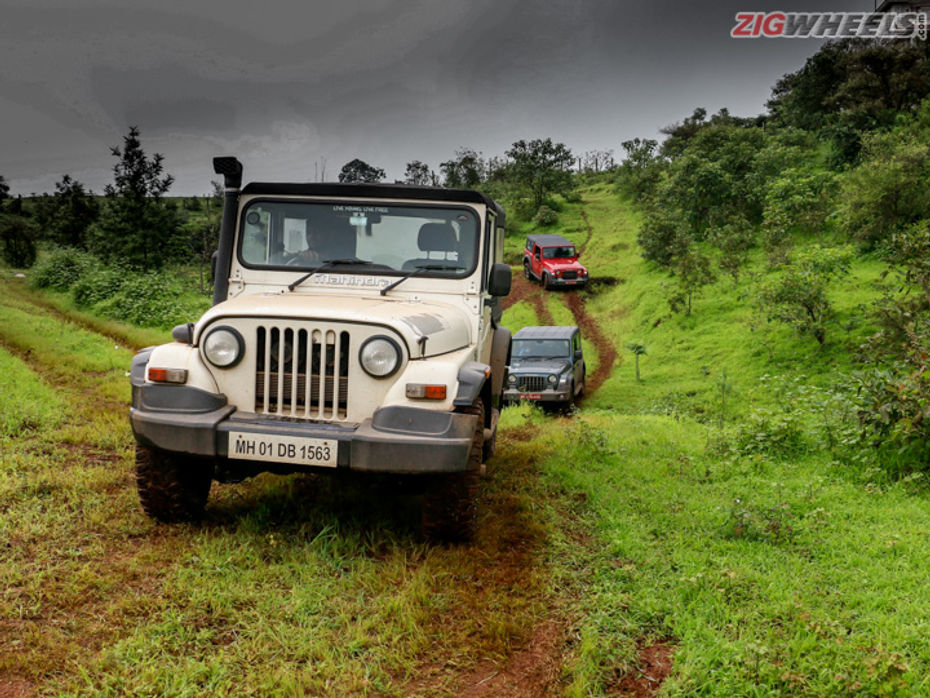
The main advantage the old Thar has is age. Off-roading isn’t a pretty activity and damaging things comes as no shock. For when that happens, repairs will be easier, perhaps, even cheaper in the old Thar. The hardcore off-roaders will still go with the original, especially because so many of them are bought used and then modified.
Truth To Sentiment
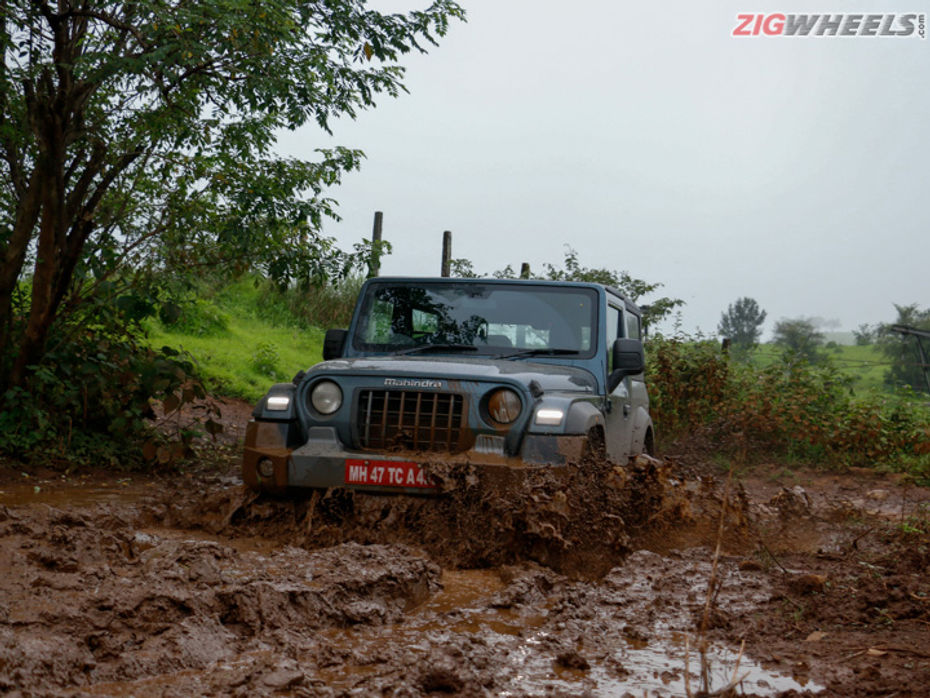
The new Thar is a better machine to live with, drive every day, and it matches the old Thar when it comes to off-road ability as well. This new version of the Thar isn’t just about competency off road but what the SUV has to deal with before and after the off-roading session.
Make no mistake, the 2020 Thar is an off-road SUV that’s been given better road manners than before, and not the other way around. But while it is more docile and easier to live with, it takes the name Thar just as seriously and delivers the same credentials in a more approachable manner.
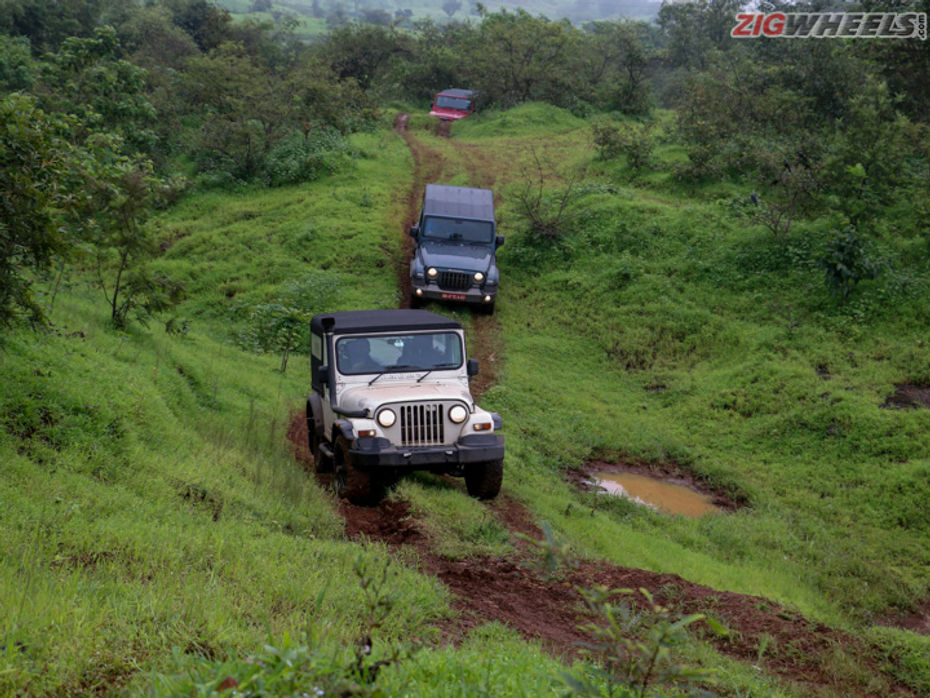
We don’t see the old Thar feeling left out or jealous as a result. After all, when your child does better than you in life, the feeling isn’t of envy. It’s of pride.


Mahindra Thar Could Soon Get Front-facing Rear Seats As Standard

New Mahindra Thar Deliveries Now Underway As Bookings Cross The...

Maruti Suzuki Jimny 5-Door Review: Lovable & Livable?

2024 Hyundai Creta Facelift vs Rivals: Which Compact SUV Shines On...

Hyundai Creta 2024 Review: First Drive

Mahindra XUV 3XO: First Drive Review

2023 Tata Harrier Review: Much More Than A Facelift

Maruti Brezza Vs Hyundai Venue Vs Tata Nexon – Ride And Handling

2022 Maruti Suzuki Brezza First Drive Review: Pricier! Techier!...

New Mahindra Thar vs Hero XPulse 200 BS6 | Which Is Better For The...
 Mahindra Bolero
Mahindra Bolero
 Maruti Jimny
Maruti Jimny
 Force Gurkha
Force Gurkha
 Hyundai Creta
Hyundai Creta
 Mahindra XUV 3XO
Mahindra XUV 3XO
India's largest automotive community